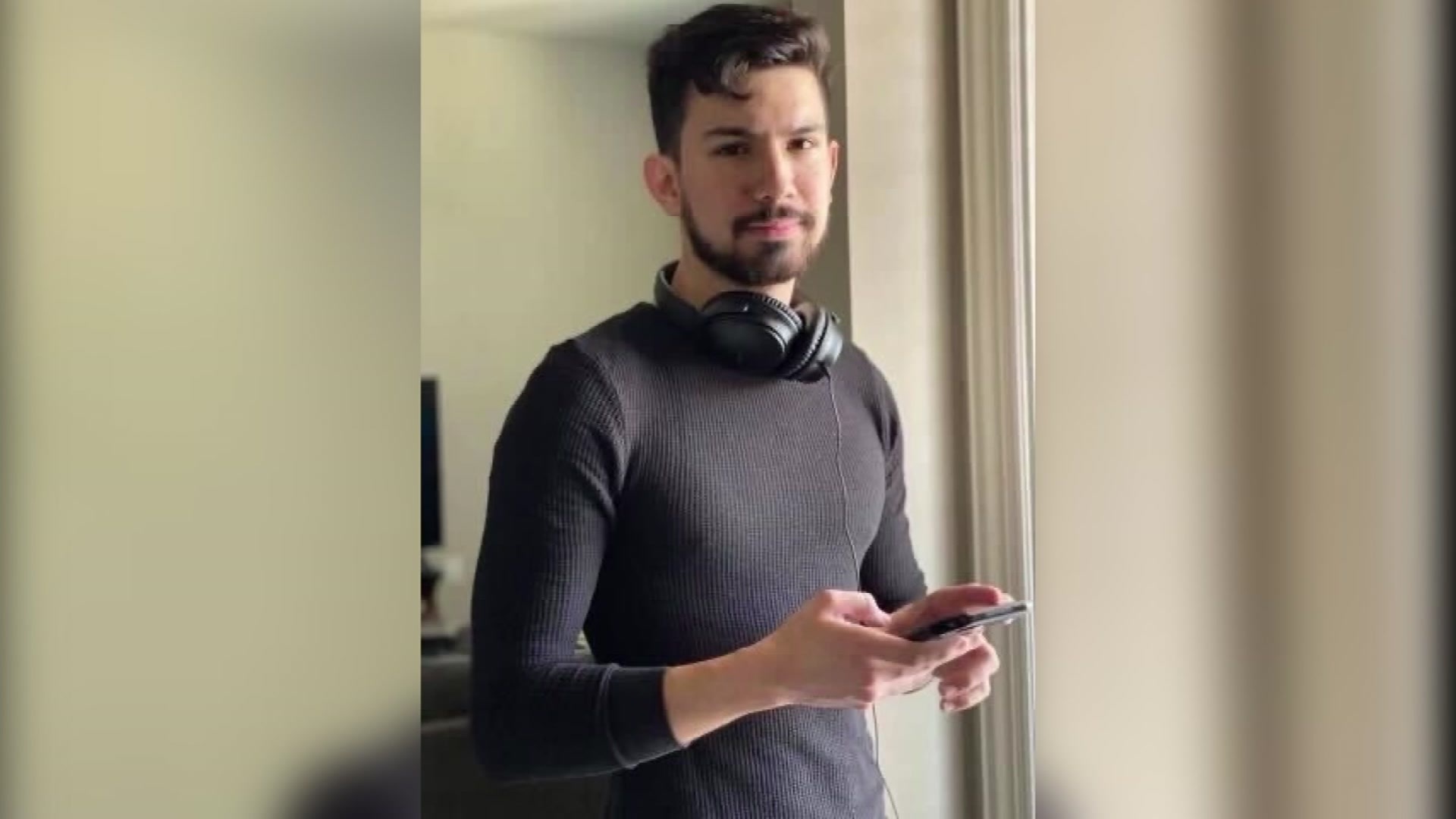The fifth day of testimony in a former police officer’s murder trial offered a packed day of expert witnesses, the investigators who worked on the case.
Roy Oliver, a former Balch Springs police officer, is on trial for the murder of 15-year-old Jordan Edwards. He’s also facing two counts of aggravated assault.
Roy Oliver Trial - Curated tweets by NBCDFW
On April 29, 2017 Oliver and a second officer were breaking up a large teenage house party when they heard shots outside. Prosecutors say those shots came from another group who pulled into a nearby nursing home parking lot and left.
Officers, investigating the shots fired, confronted a vehicle leaving the house party. Five unarmed teens were in the vehicle. Oliver shot into the car and killed Edwards, who was in the front passenger seat.
Oliver’s defense said he used deadly force because he believed the driver was trying to run over another officer at the scene. That officer, Tyler Gross, has testified he did not believe his life was in danger.
Wednesday, jurors heard from investigators and a consultant who worked the crime scene after the shooting. Dallas County Sherriff’s Department Detective Garrick Whaley testified his examination of the car Edwards was riding in showed all of the bullet damage came from the outside. Whaley said that indicated no one in the car fired out of the vehicle. He also testified there were no guns in the car with the five teens when Oliver opened fire.
“All of the bullet defects that we found were fired from outside the vehicle and were entering into the vehicle,” said Whaley.
Prosecutor Mike Snipes asked, “So, nobody shot from inside that car?”
Local
The latest news from around North Texas.
“Correct,” answered Whaley.
Jurors also heard from a firearms examiner and a trace evidence examiner along with the lead detective on the case.
In an exchange under cross examination, one of Oliver’s defense lawyers questioned Dallas County Sheriff’s Department Detective Juan Carranza about the appropriateness of Oliver’s actions the night of the shooting.
Carranza agreed it was appropriate for officers to investigate the sound of gunfire and for Oliver to retrieve his rifle and follow a fellow officer up the street.
Defense attorney Miles Brissette asked if Oliver was being judged on a fast decision made under pressure.
“If there’s a defense there, it’s just that split second decision that we have to judge Officer Oliver on? Would you agree with that, right?” asked Brissette.
“Yes,” replied Carranza.
Prosecuting attorney Mike Snipes later countered, “Was it appropriate for him to shoot five rounds into that car putting at risk five young men?”
“No, sir. Not at all,” answered Carranza.
“And, murdering Jordan Edwards anything appropriate about that?” asked Snipes.
“No, sir. Not at all,” said Carranza.
The medical examiner who conducted Edwards autopsy also testified the gunshot would to the head instantly killed Edwards. Dr. Stephen Lenfest told the jury there were no drugs, alcohol or other medications in Edwards system and that the 15-year-old was in otherwise good health at the time of the shooting.
Tuesday, a former FBI agent and use of force expert testified the shooting was not reasonable. Dr. Philip Hayden told the jury he believes Oliver decided to fire into the vehicle based on an assumption Gross was in danger. Hayden said Oliver could have scanned the scene to see the vehicle was not close to striking Gross.
A sixth day of testimony begins Thursday morning.



